Our Favourite CLAMP Series: Manga and Anime
If there’s one series that many of us regard as our gateway into anime and manga (apart from Dragonball Z and Pokémon) it’s probably Cardcaptor Sakura by CLAMP – and, thanks to Anime Limited, the first ever comprehensive collection of the whole anime TV series has just been released uncut for R2. But Sakura and her friends first arrived in the UK in manga form courtesy of Tokyopop in about 2004 (not long after the mangled version of the TV series was being shown on CITV back in the early noughties) so the long-awaited release of the anime has set our writers thinking about their favourite CLAMP manga! As the four mangaka: Satsuki Igarashi, Nanase Ohkawa, Mick Nekoi, and Mokona Apapa have brought their creative talents in various combinations to their titles, there’s plenty to choose from – even if some of them still languish on hiatus…
Darkstorm
If you go into my house, you will see that my living room bookshelf is filled with CLAMP manga; I have a mixture of original Tokyopop releases, some of the Dark Horse releases and a few of the more recent collector’s editions from Kodansha. Either way, I adore CLAMP; I love their art style, how they tell their stories, the themes they explore and the diverse genres their work covers. And it all started back in September 2001, CITV premiered a new animated show called Cardcaptors; I don’t remember how I heard of the show, or why I sat down to watch it, but what I do know is that show not only was one of my earliest exposures to anime, but my introduction to CLAMP as a whole. Nowadays, Cardcaptors is known as a dark moment in anime history, a time when series were heavily edited to censor elements from the original; in this case we’re talking about the entire score, rewriting the series script, removing LGBT elements and somehow trying to make the show more appealing to boys by making Li’s intro episode be the pilot episode (so basically skipping the first 7 episodes of the original show). But as a kid, I had no knowledge that this was an ‘anime’ let alone a show from Japan that had been heavily changed, all I saw was a female hero who had loving friends to help her, who could wield epic magic, who saved the world with her incredibly beautiful cards, with gorgeous animation and that the unfolding mystery of who Clow Reed was and then who was behind the disasters occurring in Sakura’s town kept me gripped. Also, to this day, I still think the English dub opening is great, I used to watch the full end credits as well so I could hear instrumental version. But Cardcaptors is just the base ingredients, it’s the plain cake without any of the flavouring or decorations to make it stand out in the long run. Whereas Cardcaptor Sakura is the full, three-tier, magnificently designed, delicious wedding cake; it contains all the stuff I loved about Cardcaptors but was given more love and life. The family and side characters feel more alive and important because their stories build towards the show’s climax or play into the series’ themes, helping Sakura in her final moments of the series. The earnest nature of the heroine and her pure heart play better in the original Japanese, with the original score and theme songs blowing away whatever Nelvana made for the Western version. Cardcaptors Sakura is a series that can always make me smile, or tug on my heart strings even though I’ve re-read and re-watched it many times (the chapter where Sakura confesses and is then rejected by Yukito, followed by Li’s comfort, still gets me every time). That is why Cardcaptor Sakura will always be my favourite CLAMP series.
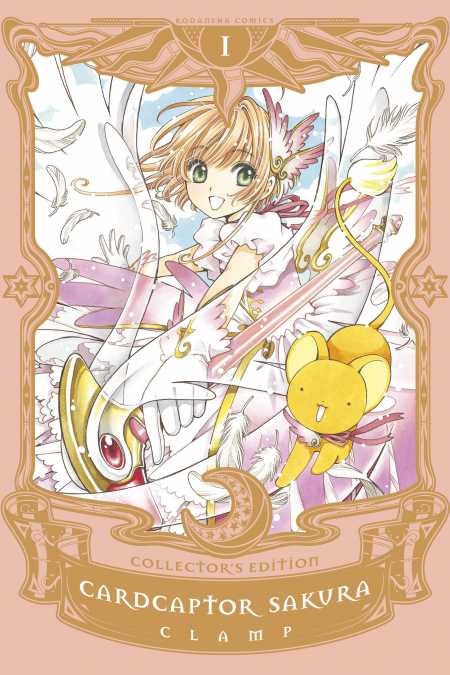
Ian Wolf
My fondness for CLAMP is best demonstrated by the fact that during the Covid-19 lockdown, I decided to write an entire book about the group, which I later got published with help via Kickstarter. CLAMPdown should hopefully be out in print, e-book and audio later this July.
Coming to anime and manga later in life, my first taste of CLAMP was watching the xxxHOLiC anime on DVD. It seemed different to most of the other anime I had seen by that point, and indeed it turned out to be a different art style to the one CLAMP had been using, with Nekoi as the main artist on the series rather than Mokona. Watanuki’s lanky appearance stood in stark contrast to most anime males I had seen before. Afterwards I began to slowly read all of the CLAMP’s work, which due to them connecting all of these series together and the way my autistic brain works, meant reading it all in order, starting with RG Veda and continuing to read the latest chapters of Cardcaptor Sakura: Clear Card to this day – complete with its technology that should not actually be in the story (how can a girl who has only aged two years between stories that ended in 2000 and began in 2016 suddenly start using smartphones and social media?).
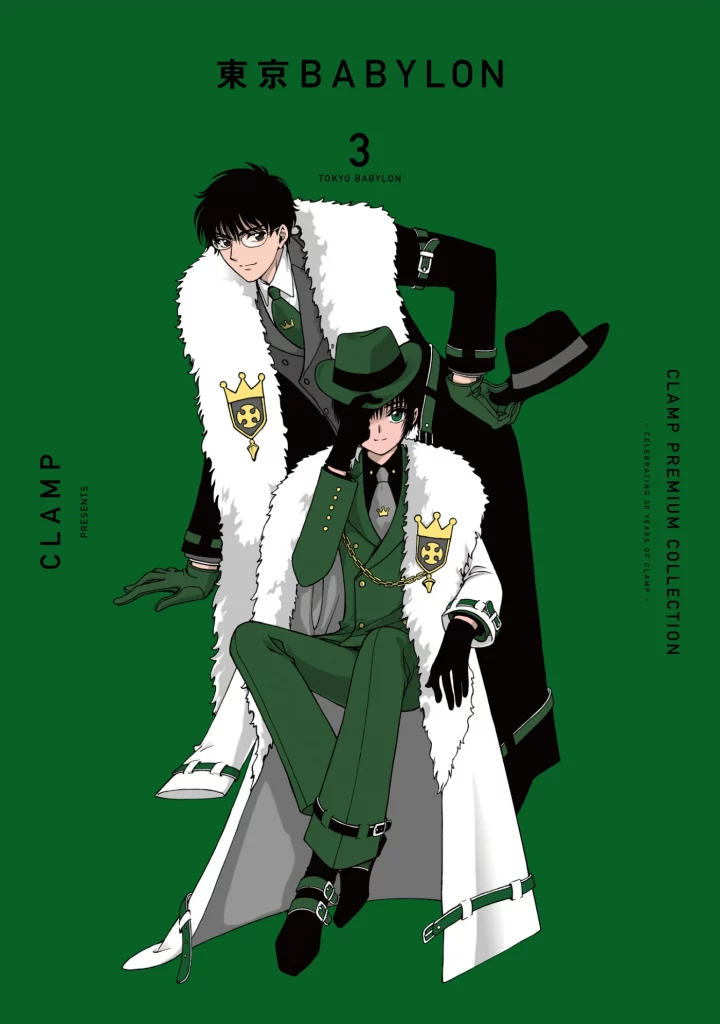
In terms of my favourite series, it is hard to pin down a favourite manga, mainly because my feelings are torn between the works starring my favourite characters: Subaru Sumeragi and Seishiro Sakurazuka. Thus it is a toss-up between Tokyo Babylon and X as to which is my favourite. I really want X to come out on top, and it probably would if it actually had a proper ending rather than being on hiatus since 2003 (however, the on-hiatus xxxHOLiC: Rei is coming back in 2023, so there is still hope).
I think Tokyo Babylon might just edge it for me. Partly it has to do with the various social themes the manga examined even though it is mainly an occult detective story. Then you have the relationship between Subaru and Seishiro which is deeply engrossing, although some may well object to it given that Subaru is 16 and Seishiro is 25 (coincidentally, the same ages as Sakura Kinimoto’s parents in Cardcaptor Sakura when they first met, so it is something CLAMP returned to). I personally find the more objectionable part of Subaru and Seishiro’s relationship being the whole Seishiro-being-a-selfish-assassin thing, but everyone’s different. The other big draw is the artwork, especially the flamboyant fashion, created in the story by Subaru’s twin sister Hokuto. Tokyo Babylon is currently being released in Japan with covers featuring new artwork, with Subaru so far being shown in hip-hop and gangster styles.
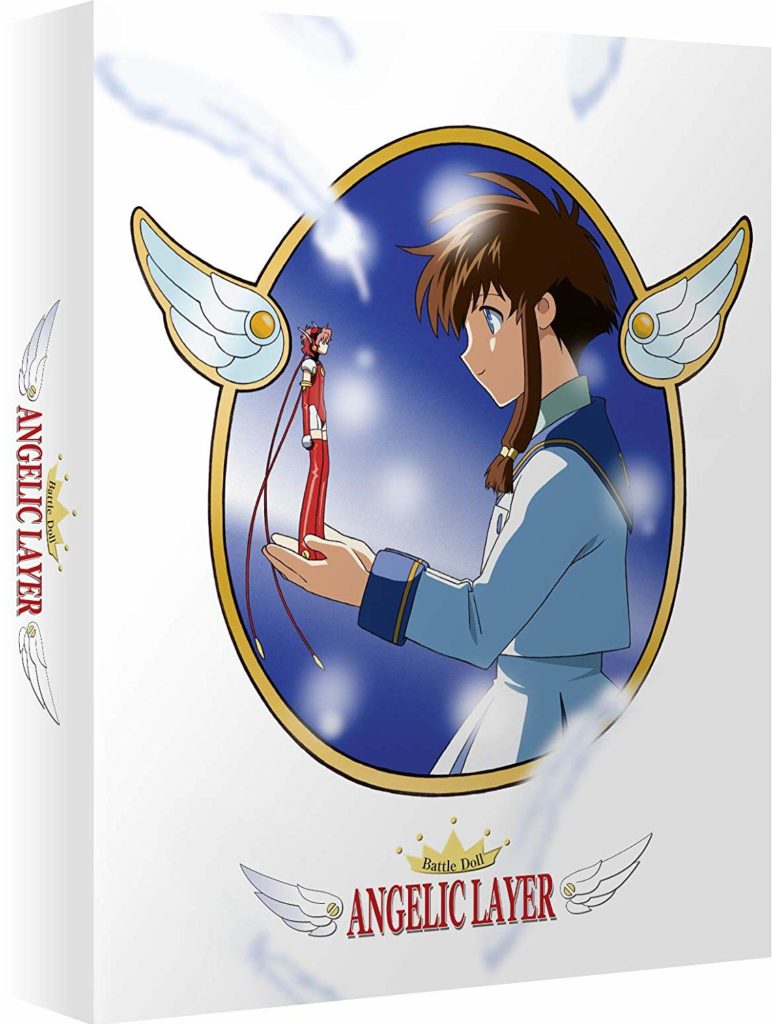
As for my favourite CLAMP anime, it would be Angelic Layer. I enjoy the storytelling, the way the characters are represented, and the portrayal of disability in the show. I know that some critics have complained about the series, saying “what’s the point in watching a series about a game you cannot play?” However, I would argue that you can play it. It just that we don’t use fighting dolls, we use fighting robots, and stuck it on BBC Two with Craig Charles at around the time the series got made. I know the series has its flaws (e.g. the English dub stars Vic Mignogna as the match announcer. He would later have a big CLAMP role as Fai in Tsubasa), but out of all of the CLAMP anime, it stands on top.
Sarah
The first manga I was asked to review back in the day c. 2005 (long before Kodansha took back their titles from Del Rey Manga and established themselves as a separate entity in the US)? It was Tsubasa: RESERVoir CHRoNiCLE, the alternate worlds shonen adventures of Sakura and Syaoran with so many crossovers with other CLAMP series that it’s exhausting to even list them. Luckily for me, I was also sent urban fantasy xxxHOLiC, which although it has crossovers, they – mostly – don’t become apparent until later volumes. I instantly appreciated the very different art style of Tsubaki Nekoi (mentioned by Ian above) and found the exploration of Japanese folklore refreshing and engrossing. It seemed as if CLAMP were breaking free from their habit of being self-referential, something which I suspect (now I’m older and more critical) they fall back on rather than developing their characters and bringing about change and resolution as the story progresses. Perhaps it doesn’t interest them any longer. Perhaps I’m imposing a very Western view of plot and character development. How many times have we seen them create interesting new characters with dazzling designs, only to – several chapters or volumes later – tell us, oh, it’s actually Y or Z whom we introduced way back when, remember? And that’s it! Revelation done, but no resolution for said characters delivered, they’re still mouldering in development hell. (As more recent examples, I cite the links between Wish (1995-8) with the ostensibly unrelated Legal Drug (2000-03) and Drug and Drop (2011-13) which I think add nothing for the reader.)
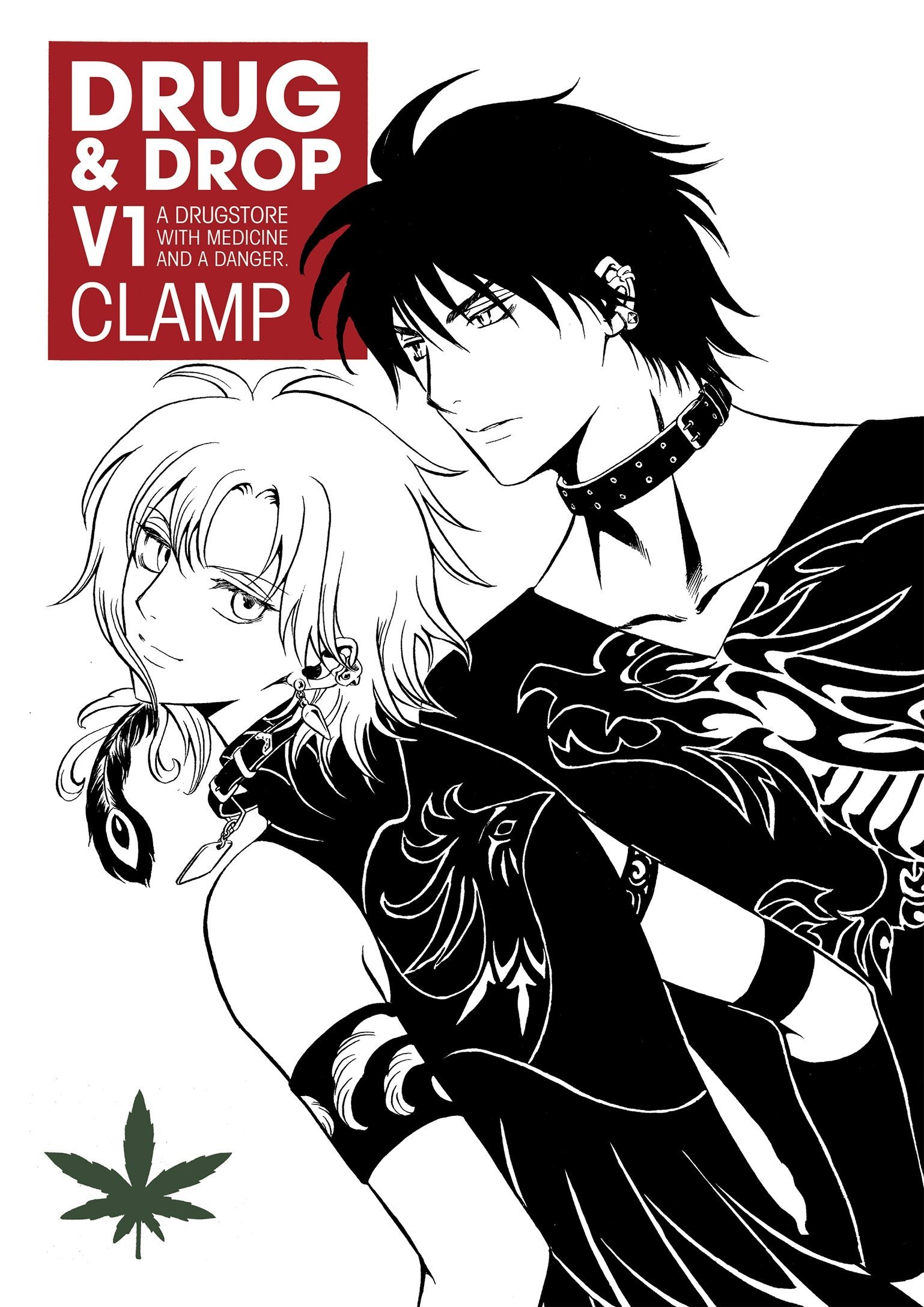
So: am I still a CLAMP fan after twenty years? Yes – and no. I spent many years under their spell and I still think they’re hard to beat in magical girl Cardcaptor Sakura and sinister Tokyo Babylon. But after a while, I grew weary of rarely being offered any real plot resolution or satisfying character development and series being started and then left unfinished (X/1999, Clover, Gate 7, Drug and Drop). They are also the Queens of Tease (or is that queer-baiting? Not a term I like to use because it’s such a blunt instrument and lacks nuance). Nevertheless, they hint at all manner of relationships, queer or age-inappropriate, even straight – but only rarely allow them to have a ‘happy ending’. Love so often means punishment, betrayal, loss and death in CLAMP’s work.

Which is why I return to xxxHOLiC, for me their most successful work (both in the original manga and the TV anime series). It combines some of their most striking and attractive artwork with a (mostly) Japanese folklore-based urban fantasy. xxxHOLiC explores the relationship between the glamorous, fabulously gowned Yūko, the dimension witch, and her protégé, bespectacled high school student Kimihiro Watanuki who – in return for being protected from the spirits that constantly pursue and harass him – agrees to be her housekeeper, doing the cooking and cleaning. Her little house exists in its own dimension, being sometimes accessible to her customers who come with a wish they want to be granted – although the granting of the wish can only be done through paying a price and the old saying ‘Be careful what you wish for’ has never been more pertinent than when consulting Yūko. Among other supernatural encounters, Watanuki helps a charming Zashiki-Warashi ( a shy mountain spirit), gets caught up in the Night Parade of a Thousand Demons and has a most unfortunate encounter with a spider. At its best, xxxHOLiC achieves a wonderful balance between moments of mischievous comedy (poor Watanuki is often the fall-guy) and supernatural happenings that can give the reader a real frisson. Still highly recommended!
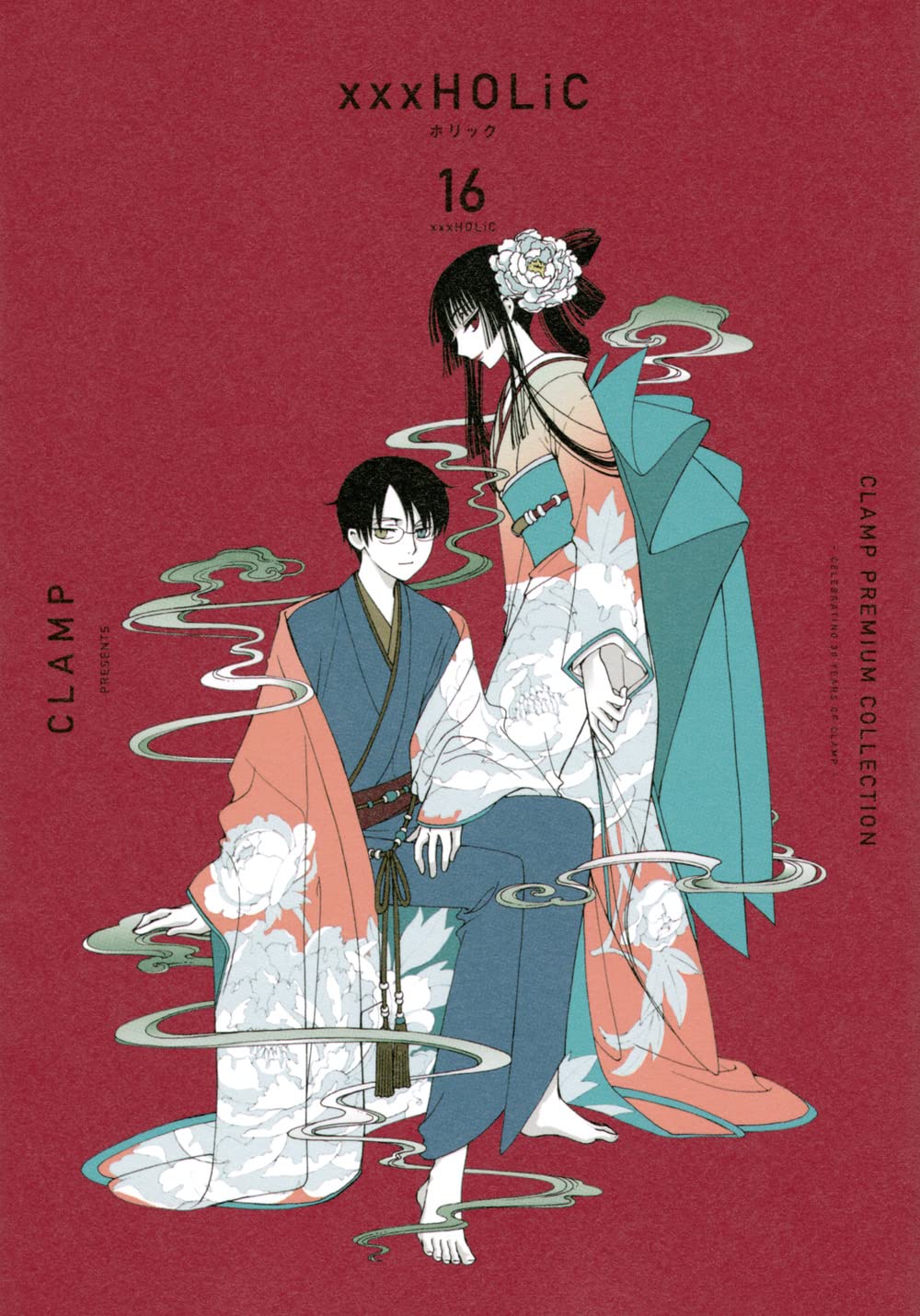
Onosume
Much like Darkstorm, my first experience with CLAMP came with the mangled Cardcaptors adaptation of Cardcaptor Sakura, and despite how it is viewed today, it still has a special place in my heart as it’s what properly introduced me to the anime style, along with the likes of Pokémon and Digimon, even if I didn’t know them as anime at the time. Coming home from school, a place I loathed, and just sitting down and immersing my 9/10-year-old brain in a magical adventure was just exactly what I needed at the time. I remember loving all the different characters and found it fascinating how the different cards gave Sakura different magical powers, which certainly tickled my imagination afterwards!
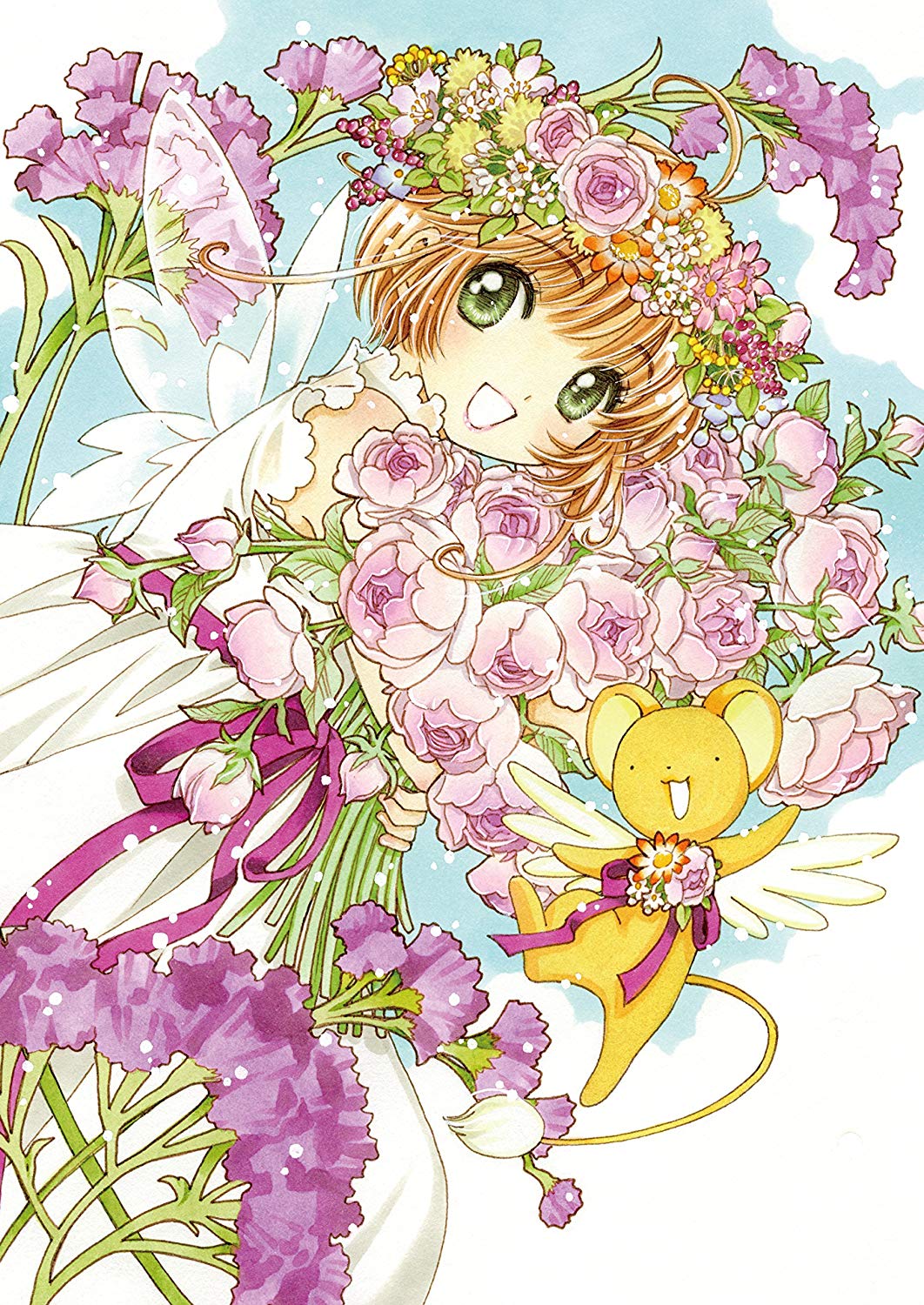
When I got into anime properly several years later I ended up revisiting it when I found the proper Japanese version on dodgy online streaming sites, and I was surprised at how much was different from the Nelvana version, and having this whole new perspective on the show made me fall in love with it all over again, as I realised this wasn’t just a magical action show, but one that focused on the meaning of friendships, love and family alongside the magic and mysteries, and it gained a deeper meaning for me I think. So, it is a series I still absolutely love today and one that I am glad got a continuation in Clear Card, even though it didn’t really need it.

Despite my love for Cardcaptor Sakura I haven’t dabbled much in CLAMP’s other work, which I know is an absolute shambles, but I have enjoyed some of the things they’ve done outside of their main manga series. Their spindly art style for their character designs is iconic and has been used to great effect in series such as Code Geass and Blood-C, as well as in collaborations across multiple industries from print (providing illustrations for various novels), to stage (doing costume design for a theatrical production produced by and featuring the singer GACKT), to video games (guest designing an alternate costume for Jin Kazama in Tekken 6).
Overall though I think I just appreciate them as some of the most talented artists in the industry, who have clearly left their mark with a range of fantastic stories and artwork that everyone can enjoy, and I’m sure my fellow writers here would join me in saying get out there and pick up some of the series we have recommended, as they fully deserve to be read and watched, and here’s hoping that continues with whatever they choose to work on next.


